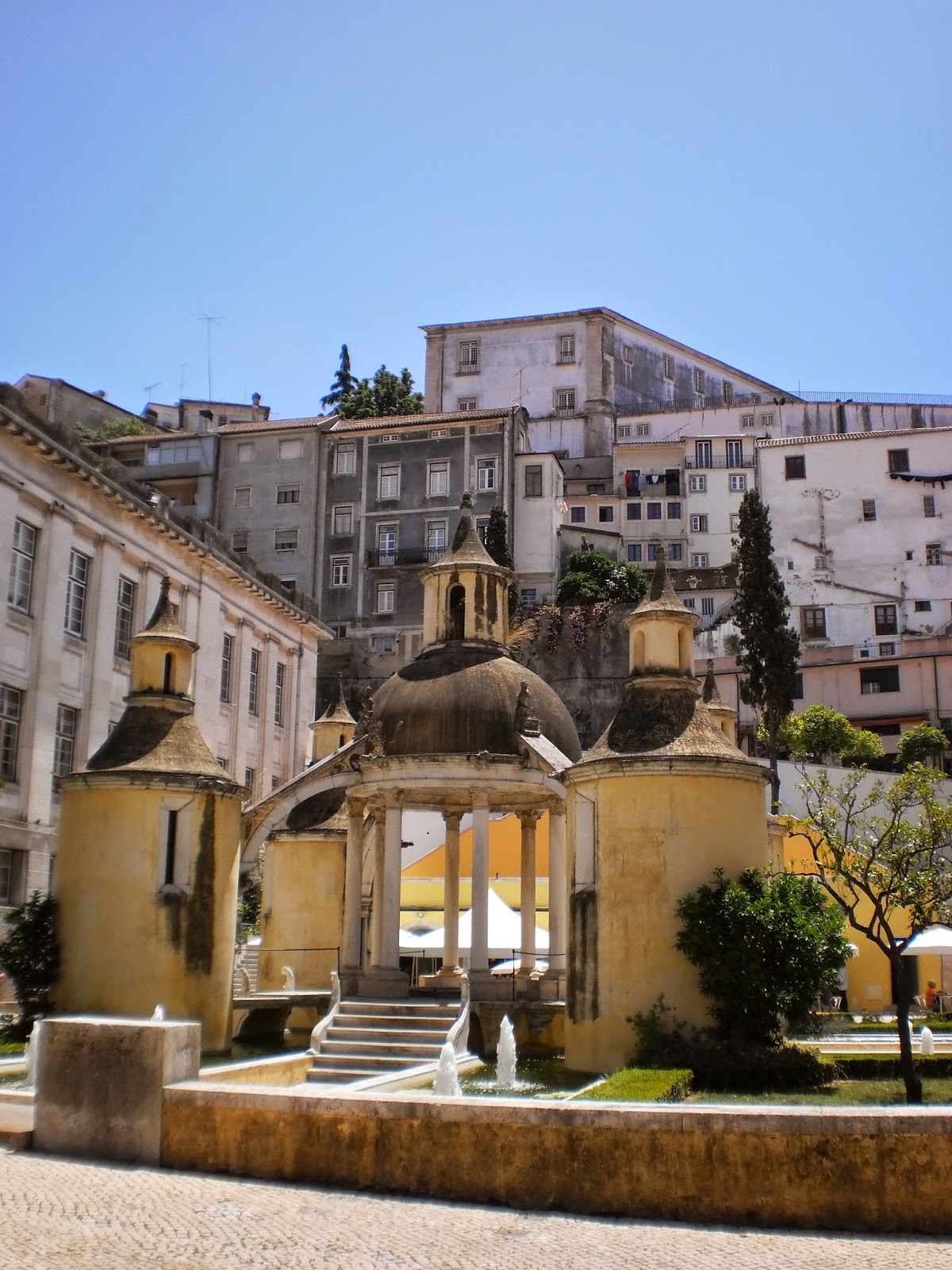Long ago, this site was occupied by the Celts, but the process of Romanisation brought a great cultural transformation to this region. The presence of the Romans is still visible in the various archaeological remains housed at the Museu Nacional Machado de Castro, built over the cryptoporticus of the Civita Aeminium, the forum of the Roman city. After them, between 586 and 640, came the Visigoths, who altered the name of the town to Emínio. In 711, it became a Moorish and Mozarab city. In 1064, the city was conquered by the Christian Fernando I of Castile and governed by the Mozarab Sesnando.
The most important city to the south of the River Douro, it was for some time the residence of the Count Dom Henrique and Dona Teresa, the parents of the first king of Portugal, Dom Afonso Henriques, who was born here. It was the latter king who integrated the city into the Portuguese territory in 1131. Dating from this time are some of the city´s most important monuments: the Sé Velha (Old Cathedral) and the churches of São Tiago, São Salvador and Santa Cruz, representing the religious authority and the various orders that became established here.
Coimbra was the setting for the forbidden love of Dom Pedro I (1357-67) and Dona Inês, a lady at court. Inês was executed at the orders of the king Dom Afonso IV, who saw in this romance the danger of Portugal being submitted to the rule of Castile. An inspiration to poets and writers, their story still forms a major part of the city’s rich heritage.
Read More: www.visitportugal.com


Comments are closed